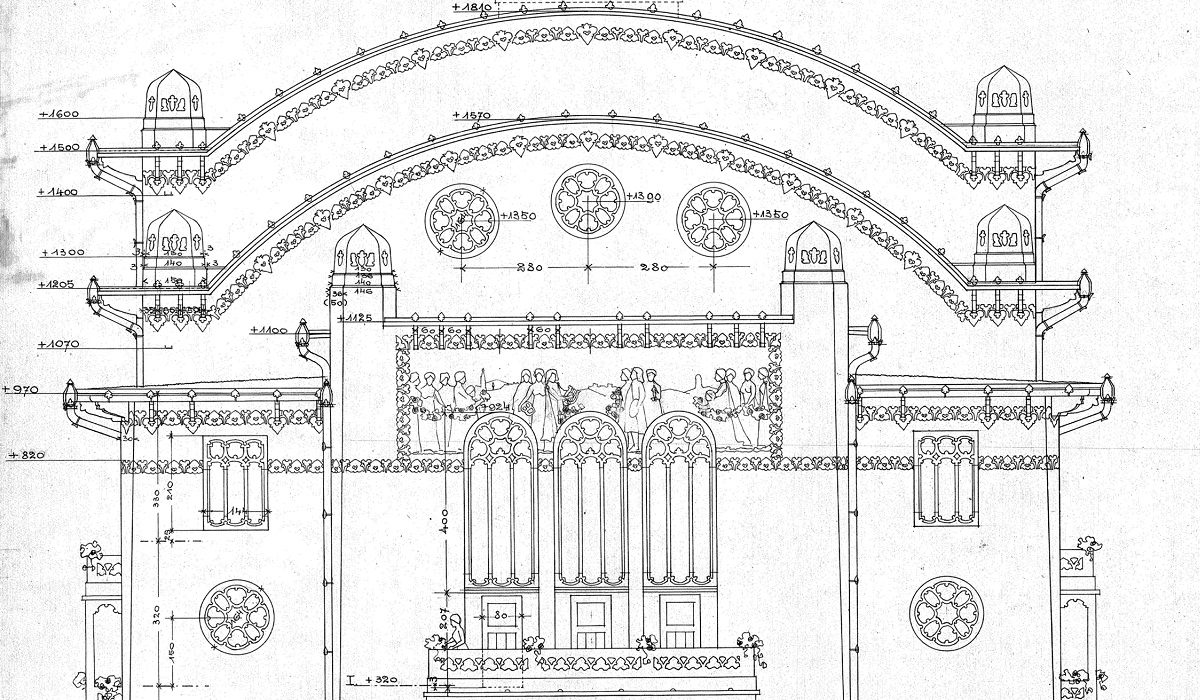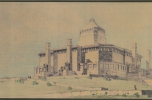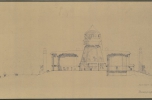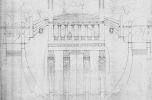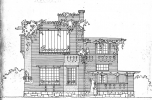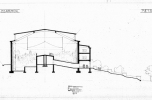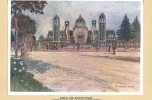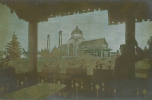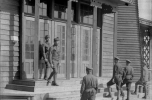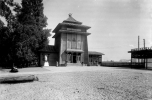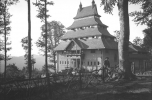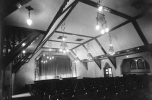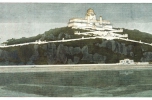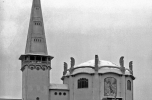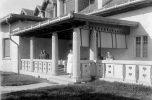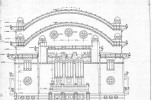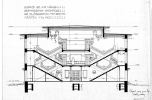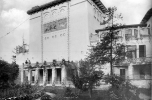Architecture and Ornamentation in the Oeuvre of István Medgyaszay
Text: Ferenc Potzner
Ornamentation is present in every single branch of fine arts. It adjusts itself to materials, techniques and technologies, may show a wide variety from being flat or highly sculpturesque, containing geometric, botanical or figural motifs. If we interpret ornamentation clearly as form, which may even be spatial, then in the wider sense of the word also the mass forms of architecture may fall within the category of ornaments. Historicism, the revival of historic styles applied the vocabulary of forms of various historic periods arbitrarily, stripping them of their meanings, exclusively according to aesthetic principles, thus other sources had to be found to suit the intention born at the turn of the century to express symbolically. For many, it was folk art that could be used as a clean source of inspiration. Elevating and integrating means of folk art into high-brow culture happened simultaneously in fine arts, music and architecture. The spread of ethnographical approaches was an aesthetic creation burdened with ideologies, mainly because it was also the expression and manifestation of the ambition to create an independent national style as well as of patriotic feelings. This exploding era was the period when István Medgyaszay started his career as an architect after having been a student with Otto Wagner in Vienna, and became a highly original artist of Hungarian Art Nouveau.
